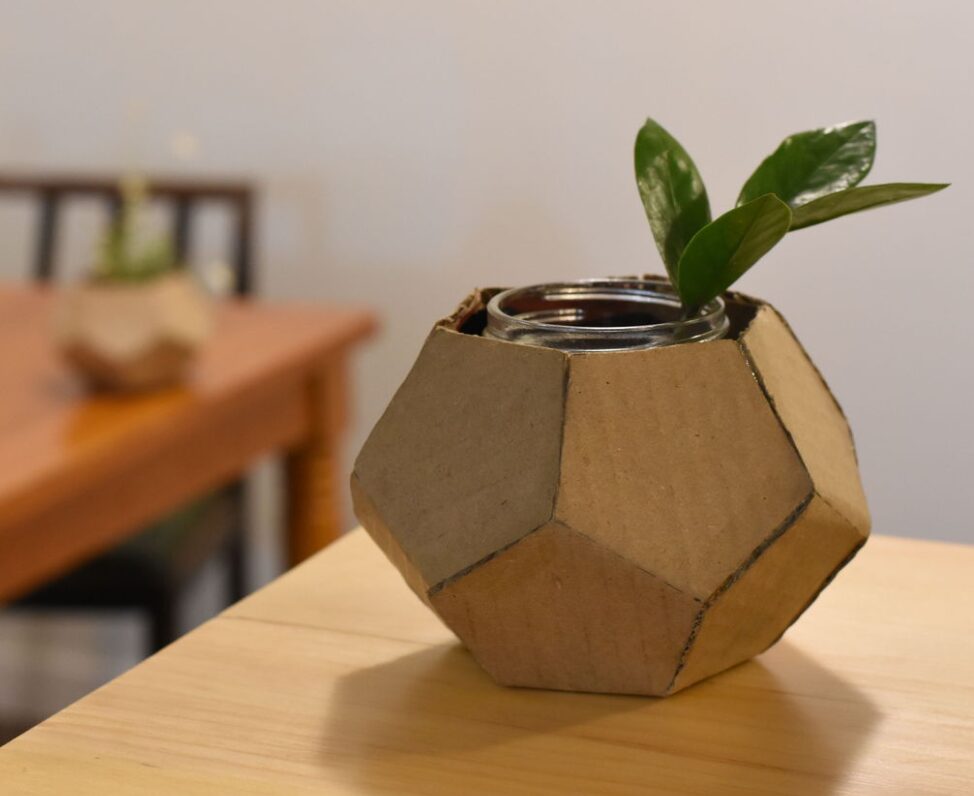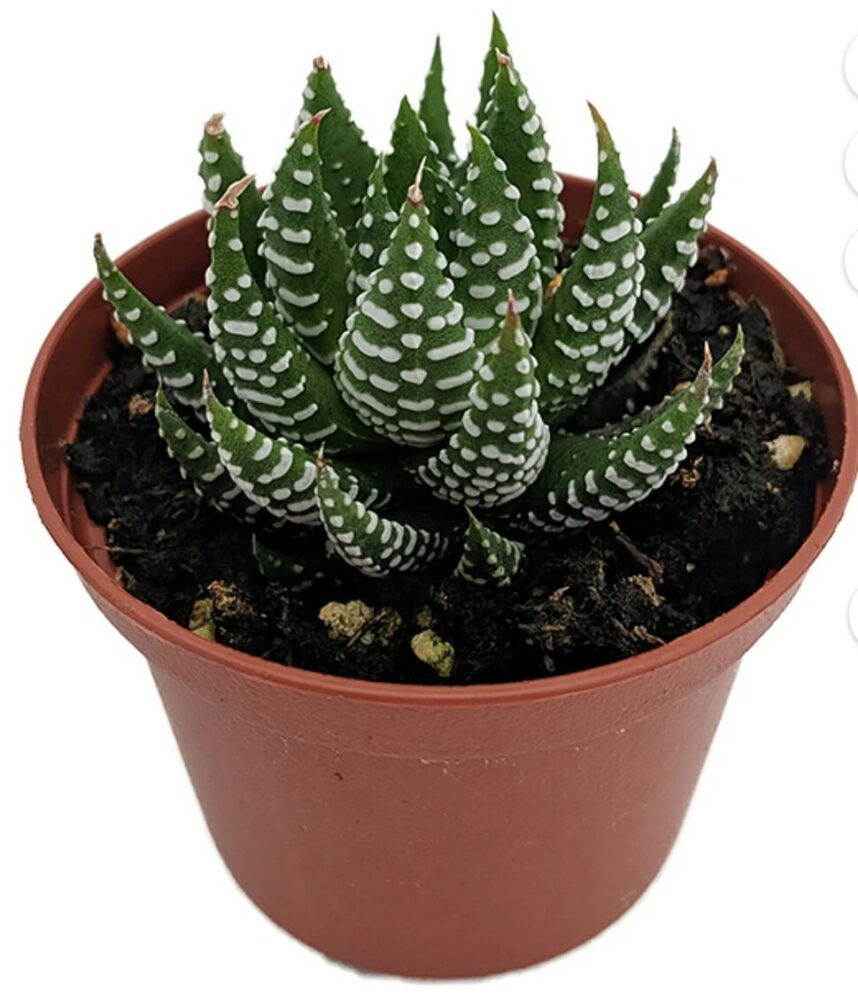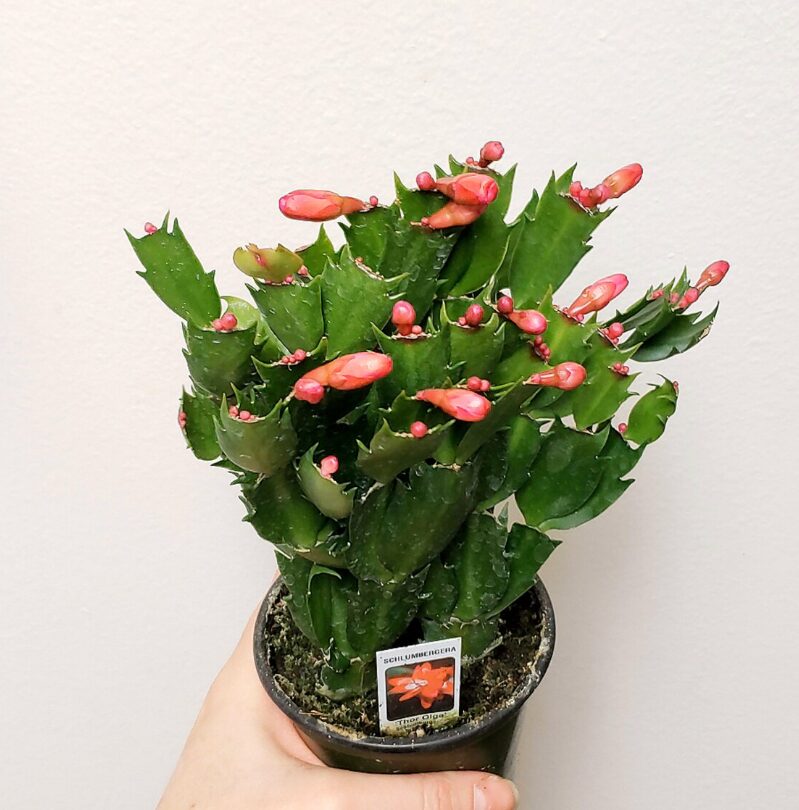Since my initial post, my upcycling project to create a cactus planter from recycled materials has progressed significantly. The idea originated from my desire to add a succulent, especially since my room is in the basement, to my room while contributing to environmental sustainability. After deliberating between cardboard, plastic bottles, and even aluminum canning (due to the abundance of them at my availability), I have refined my approach based on functionality, aesthetics, and feedback from my previous post.
The goal of my project remains the same: to craft a functional and visually appealing cactus planter entirely from upcycled materials. This initiative not only fulfills my wish to have a cactus in my room but also highlights the importance of repurposing materials that would otherwise be discarded. Since I live in a basement with limited sunlight, choosing the right cactus species and materials is crucial for both plant health and planter longevity, which is something I have been looking into.
As for the choice of material, I decided to use plastic bottles as the primary material for my cactus planter. Plastic offers durability and more importantly, water resistance, which are essential for not letting the container degrade in quality or having it fail all together. The transparency of the plastic bottles also allows for a view of the entire product, soil and all. Pebbles, soil, and the cactus roots are visible, enhancing the appeal. I want to look more into how to be creative with the plastics, because just using a plastic bottle could be boring. To add this, I was thinking of potentially using cardboard as an outer decorative layer (Photo 1) around the plastic core. I am not exactly sure what this would entail, but if I decide to use cardboard for aesthetic purposes, I need to nail it down how it would be done. I think it could look stalky and poorly done if the cardboard does not fit around the plastic structure. I also want to make sure I include some of the natural aesthetics of the soil and the cactus roots, as mentioned before.
Selecting the right cactus is critical, especially considering my room’s low-light conditions. After researching various species, I found that the following cacti are best suited for indoor environments with minimal sunlight:
- Zebra Cactus: Known for its low light tolerance and minimal water requirements.
- Christmas Cactus: Thrives in indirect light and adds a touch of color when it blooms.
- Golden Barrel Cactus: Although it prefers bright light, it can adapt to lower light conditions.
- Pincushion Cactus: Compact and easy to care for, perfect for small spaces.
I’m leaning towards the Zebra Cactus (Photo 2) due to its resilience and unique striped appearance, which will complement the natural aesthetic of my planter. All of these cacti have good visual appeal, but my favorite was the Christmas cactus (see featured image) because it is bright red and green, hence its name. I will need to look more into these top two options, especially looking at price, and how long it would take to get one shipped if I cannot find one in a nearby shop.
To ensure the cactus thrives, I’ve developed a care plan that addresses the challenges of growing a plant in a basement. Since natural sunlight is scarce, I would plan to open up all of my blinds during the day and place the cactus on the window if necessary. Some of these cacti will actually die if they receive too much sunlight, so I will have to be careful with that. I also plan to add a drainage system (or even a self-watering system, see the link to the video (3) at the bottom) to the design which allows me to create drainage holes. Since Colorado is so dry, I should not have too much of a problem relegating the humidity of my room the plant needs to survive.
The feedback prompted me to combine plastic and cardboard, balancing durability with sustainability. Additionally, some recommended exploring sealant-free methods to protect cardboard from moisture. As a result, I’ve researched using natural wax coatings to waterproof the cardboard, maintaining its eco-friendly integrity. I think this could potentially be out of the scope of the project (cost-wise), so I am not sure if I will be going the water-sealant route.
Works Cited:
Featured Image: A picture of a small Christmas cactus, which I am considering as my plant of choice, 2021. Link attached.
(1): A great looking geometric cardboard plant holder, with a bottle inside, 2021: Modern Geometric [Cardboard] Planter : 8 Steps (with Pictures) – Instructables

2): A picture of the cactus I am leaning towards, the zebra cactus, 2025: Indoor Super Zebra Plant – Haworthia fasciata – Low Light, Easy to Grow House Plant in 2.5″ Pot – Walmart.com

(3): A video showing a potential design where the plant is self-watering and draining, 2018: Self watering system for plants using waste plastic bottle

